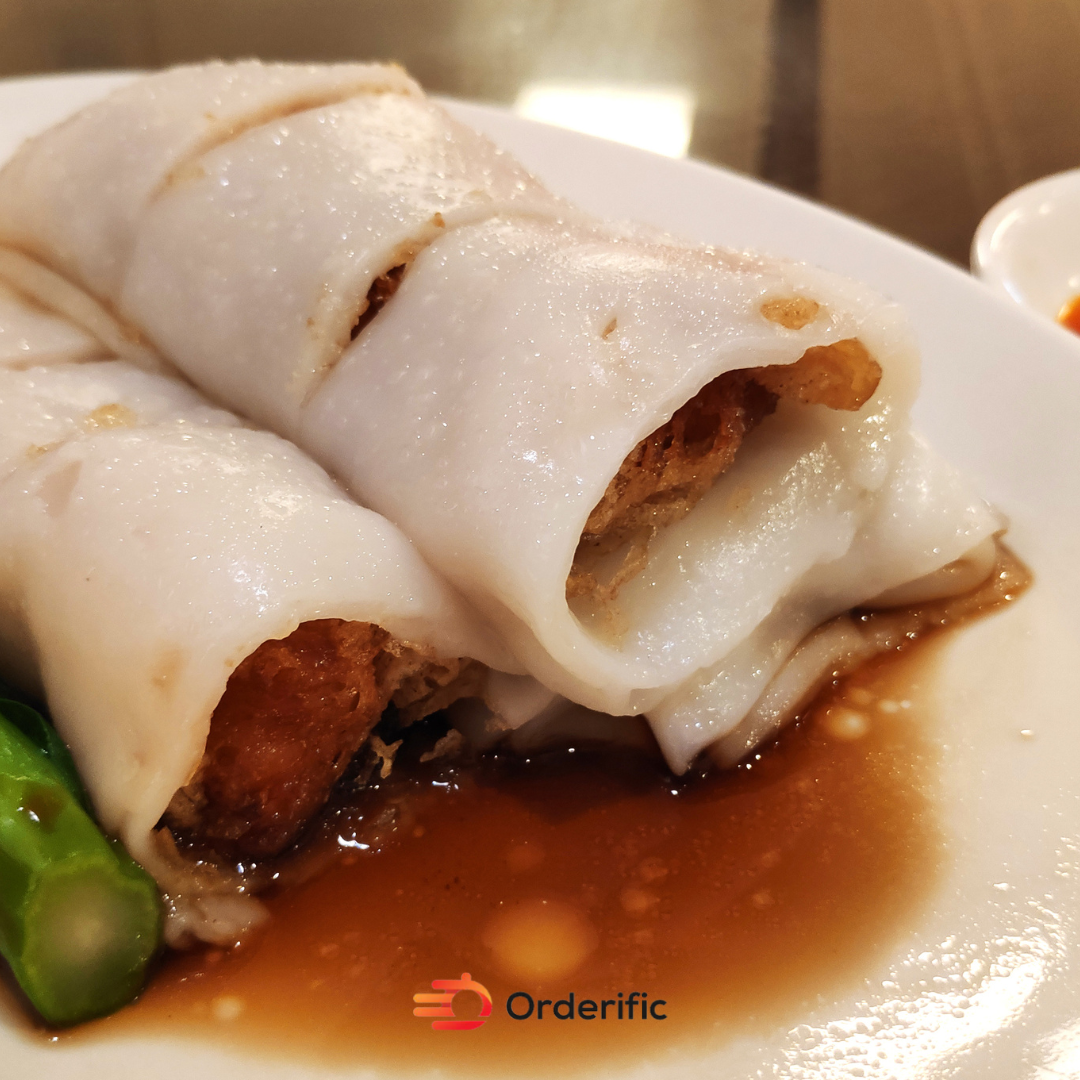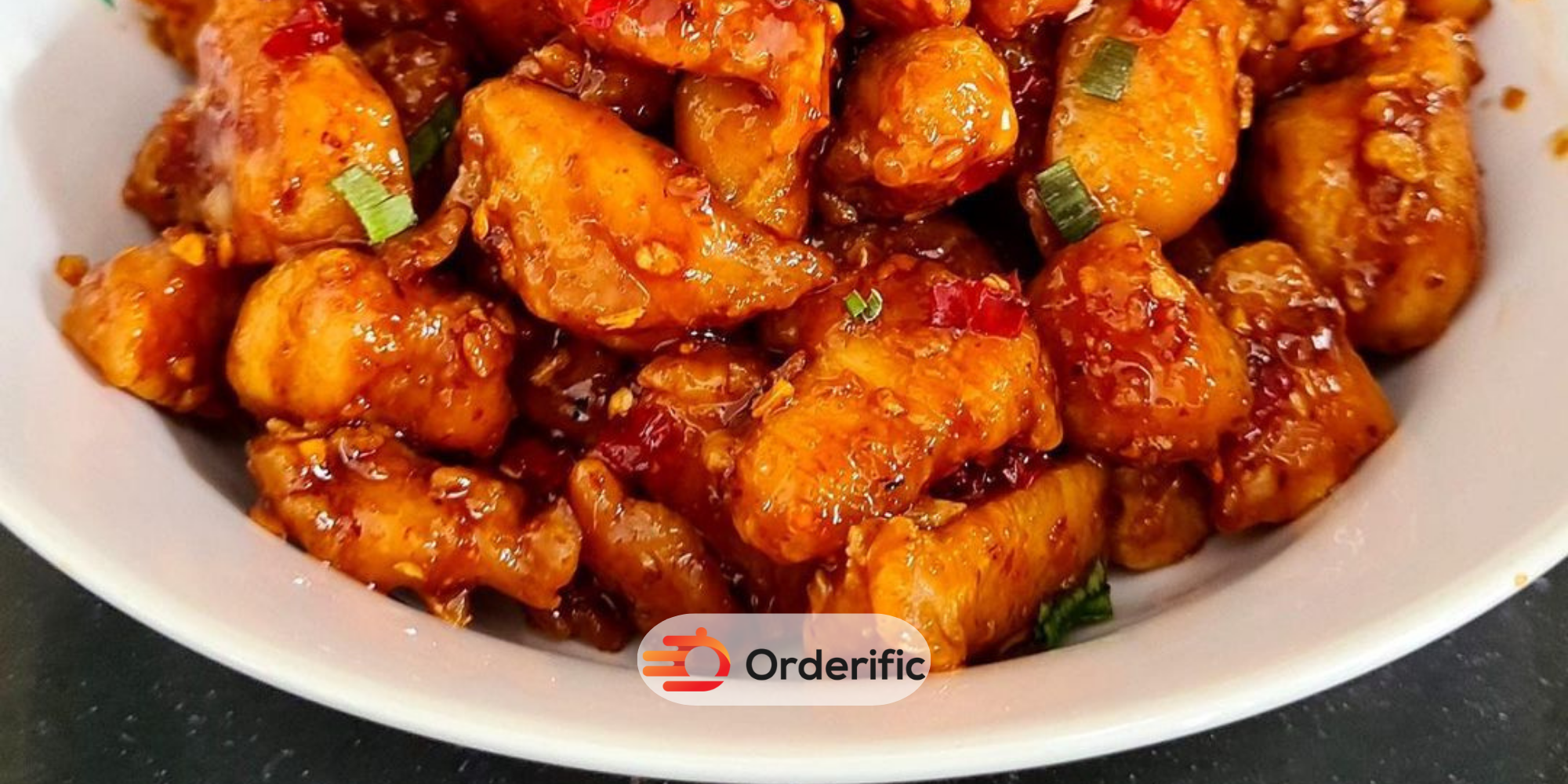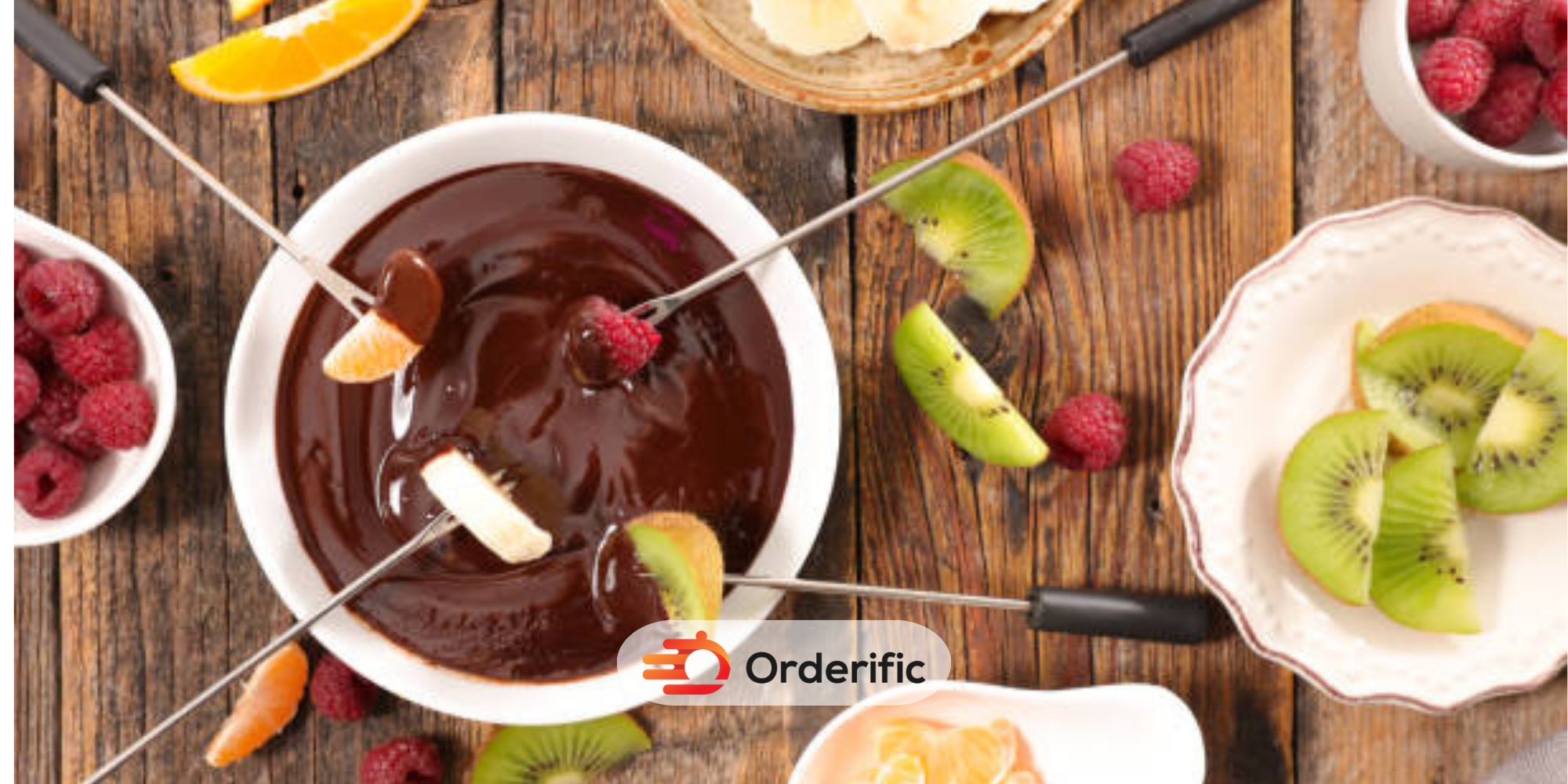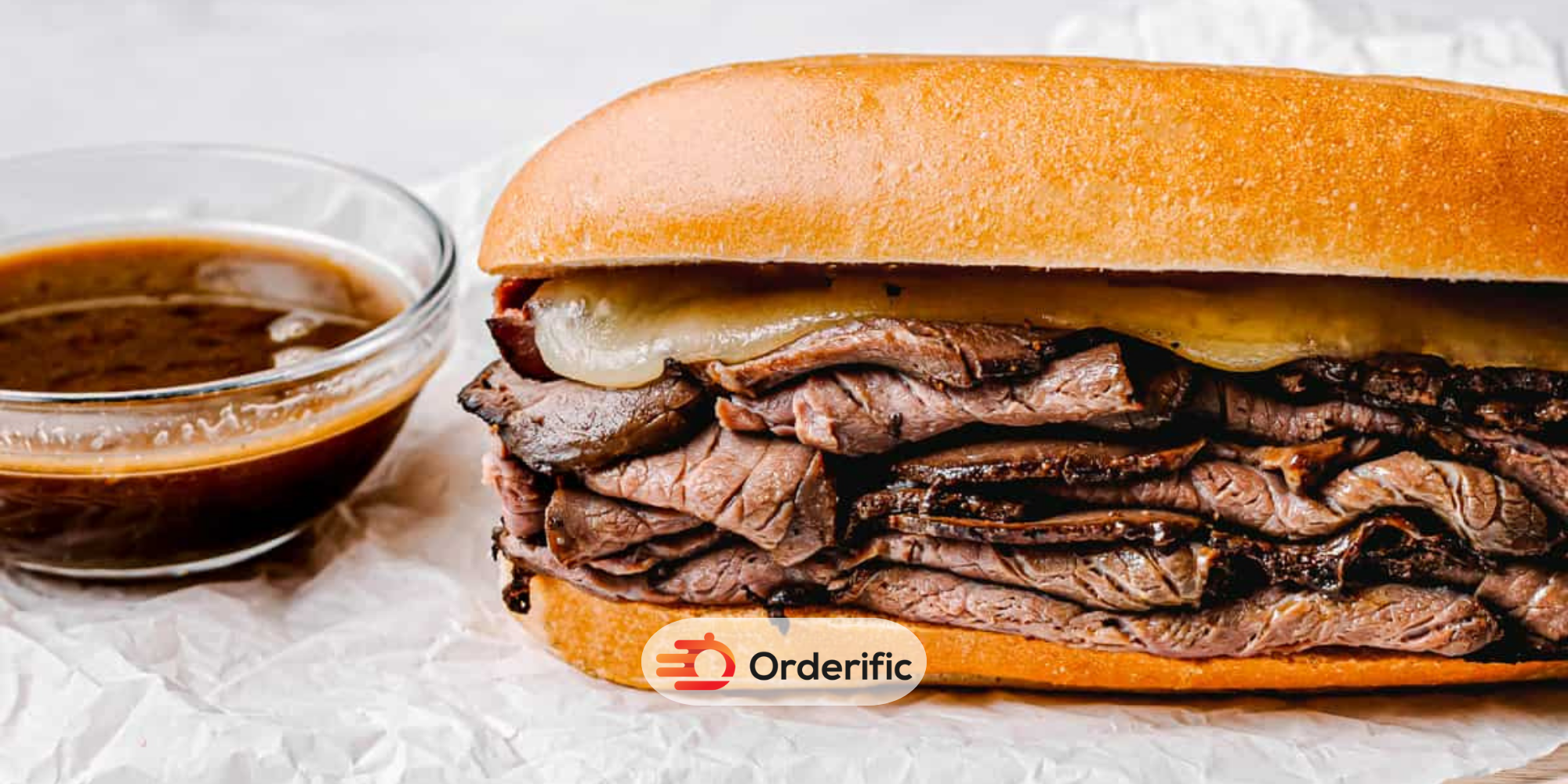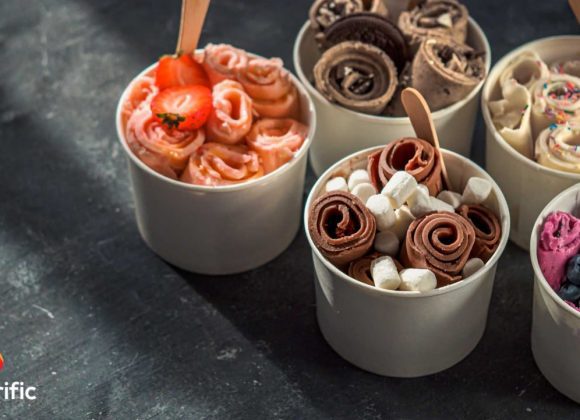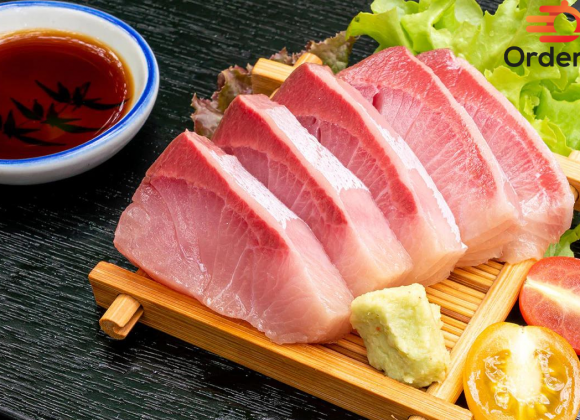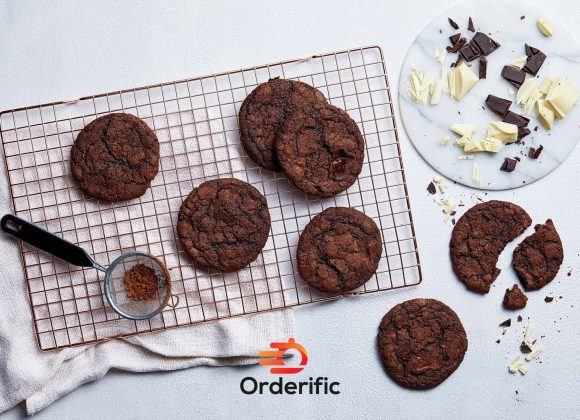Introduction
Delight in the exquisite world of Shrimp Rice Noodle Rolls, or as traditionally known, Cheung Fun. This tempting dish, a cornerstone of Cantonese cuisine, involves a systematic and artistic process that results in silky, steamed rice noodle sheets swaddling various fillings. From succulent shrimp to savory char siu, the versatility of fillings is vast. The luscious noodles owe their unique texture to a precise rice flour and wheat starch blend. Furthermore, steamed to perfection, these rolls are commonly served alongside a delectable dipping sauce, often a fusion of soy sauce, sesame oil, and hoisin sauce for that added flavor. This guide will walk you through the rich history, diverse tastes, and delicate art of making and savoring shrimp rice noodle rolls. So, prepare your steaming apparatus as we dive into the flavorful world of rice noodle rolls.
What Are Shrimp Rice Noodle Rolls?
Shrimp Rice Noodle Rolls, known as Cheung Fun in traditional Cantonese, are a gastronomic delight steeped in culture and culinary artistry. The heart of this dish lies in its simple yet flavorful ingredients. The foundation is a thin rice noodle sheet, a delicate blend of rice flour and wheat starch that requires precise measurement and gentle steaming to achieve its characteristic soft, glutinous texture. Fillings can range from fresh shrimp to char siu, a Cantonese style barbecued pork, each bringing its unique savoriness to the dish.
The beauty of the shrimp rice noodle roll lies in its versatility. While the traditional Chinese style leans towards fillings like shrimp and char siu, variations have emerged over time. From the inclusion of crunchy bean sprouts to a drizzle of peanut butter, each version adds a new dimension to the classic rice noodle roll. However, no matter the variation, the essence of the dish remains the same: a perfect symphony of steamed rice noodles, savory filling, and delectable sauce. It’s not just food; it’s a reflection of the rich Cantonese culinary tradition.
How To Make The Ideal Shrimp Rice Noodle Roll Batter
The secret to an impeccable shrimp rice noodle roll lies in the batter, a perfect mix of rice flour and wheat starch. Here are some key steps to achieve that silky rice noodle sheet:
- Mix the flours: Begin by mixing equal parts of rice flour and wheat starch. Hence, it’s this combination that gives the noodle roll its distinctive texture, simultaneously delicate and firm.
- Add water: Slowly incorporate water into the flour mixture, stirring continuously to ensure a smooth consistency. The batter should be thin and runny, similar to a crepe batter.
- Season: Season the batter lightly with a pinch of salt. Although, the filling and dipping sauce will bring a lot of flavor, so avoid over-seasoning the batter.
- Strain: To achieve a silky smooth rice noodle roll, strain the batter to remove any lumps. This step is crucial for getting that melt-in-the-mouth texture.
- Rest: Allow the batter to rest before cooking. Hence this step allows the flour and starch to fully hydrate, contributing to a better texture in the final product.
Remember, the key to a successful rice noodle roll lies in the batter. It’s an art of balancing flavor and texture, and with practice, you’ll find your perfect mix.
How To Make Rice Noodle Roll Sauce
- Gather your ingredients: A classic sauce for rice noodle rolls includes soy sauce, sesame oil, and hoisin sauce. These ingredients create a delicate balance between savory, sweet, and tangy flavors that perfectly complement the rice rolls.
- Combine the sauces: In a bowl, combine equal parts of soy sauce and hoisin sauce. Feel free to adjust the ratio according to your taste preference. For instance, if you enjoy a sweeter sauce, you might increase the amount of hoisin sauce.
- Add a touch of sesame oil: Include a dash of sesame oil. This will add a hint of nutty flavor that elevates the overall taste of the sauce.
- Optional additions: Consider adding a sprinkle of sugar or a squeeze of fresh lime juice to the sauce. These additions can help balance the flavors and add an extra tangy note.
- Mix well: Ensure that all ingredients are thoroughly mixed together. Your sauce should be smooth, with all the flavors seamlessly incorporated.
- Serve: Serve the sauce alongside your freshly steamed rice noodle rolls. Remember, the sauce is not just a dip, but an integral part of the dish that enhances the overall sensory experience.
Enjoy the experience of making your own rice noodle roll sauce, adjusting the flavors to your liking.
Conclusion
The magical world of Shrimp Rice Noodle Rolls or Cheung Fun is an exploration of flavors, textures, and culinary craftsmanship. From the careful composition of the rice and wheat starch batter to the selection of fillings and the creation of the perfect dipping sauce, each step is a testament to the rich lineage and versatility of Cantonese cuisine. This dish isn’t merely about satisfying your cravings, but also about experiencing a gastronomic journey steeped in culture and tradition. Now that you’ve discovered the art of making shrimp rice noodle rolls, it’s time to bring this culinary masterpiece to your kitchen. Ready to take your food business to the next level? Book a demo with Orderific today and start revolutionizing your culinary game. Enjoy the adventure of gastronomy. Happy cooking! Book a demo at Orderific
FAQs
How are rice noodle rolls made, and what is the traditional method for preparing this popular dish?
Traditionally, people make them by spreading a thin layer of rice and wheat starch batter on a cloth over boiling water.
Can you provide insights into the different variations or fillings commonly used in rice noodle rolls?
Common fillings include shrimp, char siu, beef, and sometimes, vegetables like bean sprouts or chives.
Are there any specific sauces or condiments that are traditionally served with rice noodle rolls to enhance their flavor?
They are traditionally served with soy sauce, sesame oil, and hoisin sauce.
Can you recommend some tips or techniques for achieving the perfect texture and consistency of rice noodle rolls during the cooking process?
Maintaining a consistent thin batter and proper steaming time are key to achieving the perfect texture and consistency.


